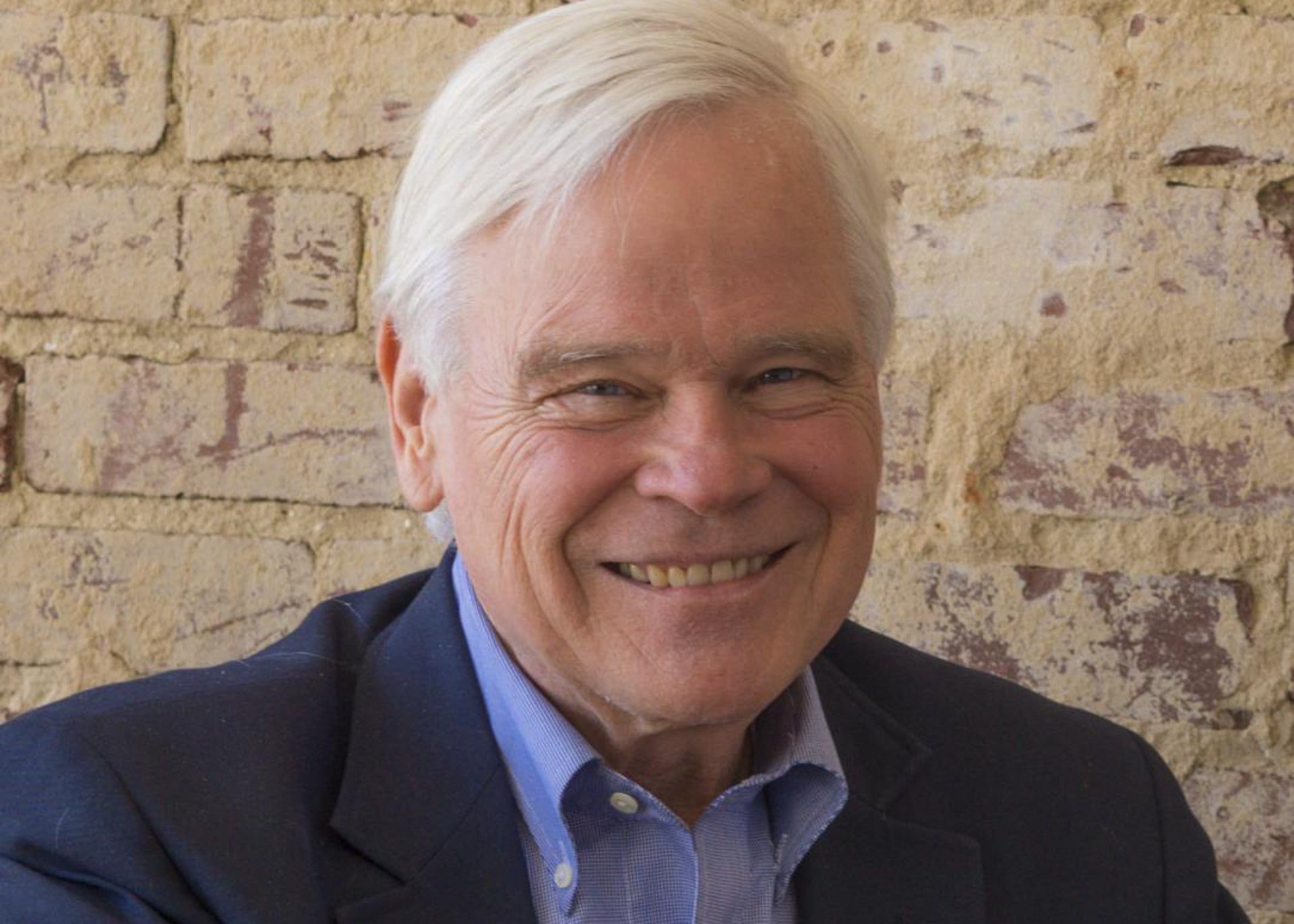Column: UNC’s Carol Folt, no longer silent on Sam
Published 5:50 am Tuesday, January 29, 2019
by Billy Ball
At long last, we’ve learned who UNC Chancellor Carol Folt is, just in time to say farewell.
Folt’s impending departure – marking the second time in a matter of months that a top UNC chief cut ties with a reckless and feckless Board of Governors – made for a stunning bit of political drama last Monday. The chancellor simultaneously announced her resignation and the removal of Silent Sam’s marooned pedestal and plaque, left behind when protesters pulled Sam from his precarious perch last summer.
Perhaps there will come a time when we appreciate the impossible part Folt was forced to play over the last six years, inheriting a series of humiliating academic scandals and an ever-brewing battle over Silent Sam. In the meantime, she struggled to endear herself to faculty, students and, it seems, her not-so-benevolent overlords on the BOG.
Folt was criticized by the left, from those who saw her as a modest rampart to the conservative Board of Governors’ worst instincts. And from the right, by those who viewed her an Ivy League scholar from the north, a liberal piloting a liberal arts university that’s often clashed with North Carolina’s conservative intelligentsia.
The chancellor serves in an academic post, some would say, not a political post. But any prior chancellor could tell you politics is part and parcel to the job, even if there’s never been a BOG quite this partisan darkening their doorstep, one handpicked by the leadership of the state legislature. Indeed, the rotten apple did not fall far from the tree.
And while we may not be able to summarize one leader’s legacy within 24 hours of their resignation, Folt may very well be defined by her manner of leaving – her stunning decision to pluck the vestiges of Silent Sam from UNC’s McCorkle Place like a dentist pulling a tooth.
In a teleconference with media last Tuesday, Folt said her decision to resign is unrelated, but it’s difficult to conceive of Folt enduring in her role after flouting the BOG in such dramatic fashion. Folt initially intended to remain in her role through the academic year, but that window was shortened to two weeks by Tuesday afternoon, no doubt a parting gift from Folt’s bosses on the board.
This Ohio-born, California-taught, Dartmouth academic didn’t start this fight. She likely didn’t want to fight this fight. But fight it she did, using her authority as chancellor to remove a monument she considered a danger to the university.
“As chancellor, the safety of the UNC-Chapel Hill community is my clear, unequivocal and non-negotiable responsibility,” Folt wrote in a letter Monday night, non-negotiable being the key word.
It begs the question of why UNC administrators did not believe they had this power in August 2017, when Gov. Roy Cooper told university leaders that he believed state law imparted the authority to remove monuments if they posed a threat to public safety. Perhaps a December report from a panel of security experts — mobilized to assess campus safety following Sam’s August 2018 sacking – gave Folt more than enough reason to make this call.
Either way, there was an air of finality about the pedestal’s somnambular departure early Tuesday morning through Chapel Hill’s darkened, rainy streets, even if BOG Chairman Harry Smith’s withering criticism of Folt told us otherwise, that this board and this legislature behind it, is not prepared to quit on Silent Sam.
Smith insisted – or is it threatened? – Monday that the board would continue its deliberation over what to do with Sam in the coming months, while Folt wrote that the pedestal and plaques would be preserved in the meantime.
Not even this board, not even this legislature, could consider Sam’s restoration, right? But nothing is out of the question in this era, when a hyper-reactionary BOG and the university’s Board of Trustees are tapped and emboldened by legislative leadership that’s recalled North Carolina’s tormented Jim Crow history more than once.
It’s safe to say that most in the UNC community want to stow the soldier, even if the rest of North Carolina is more conflicted. In this case, UNC knows best. And in one of her last acts as chancellor, Folt took a bold step to ensure that her successor gets a chance to lead without Sam on the doorstep.
Its most ardent defenders say this monument to North Carolina’s Confederate dead helps us reckon with our state’s history in the Civil War. But at the same time, they decline to reckon with the statue’s racist origin and its repugnant dedication by prominent businessman Julien Carr in 1913, at a time when white supremacist groups proudly celebrated their turn-of-the-century success in all but exiling Black southerners from the political process.
Carr, of course, boasted during his dedication of savagely beating a Black woman, what he referred to as his “pleasing duty,” not 100 yards from Sam’s site.
We may remember North Carolina’s Civil War dead, but we should remember too its living, in a North Carolina and a university that serves and shelters more than the Anglo-Saxon race that Carr so noxiously celebrated in 1913.
We need not forget the South’s tortured past, but there’s no need to enshrine its artifacts into a tortured future.
Billy Ball is managing editor of N.C. Policy Watch, ncpolicywatch.com, where this article was originally published.
TO READ MORE COLUMNS AND LETTERS TO THE EDITOR, CLICK HERE.





